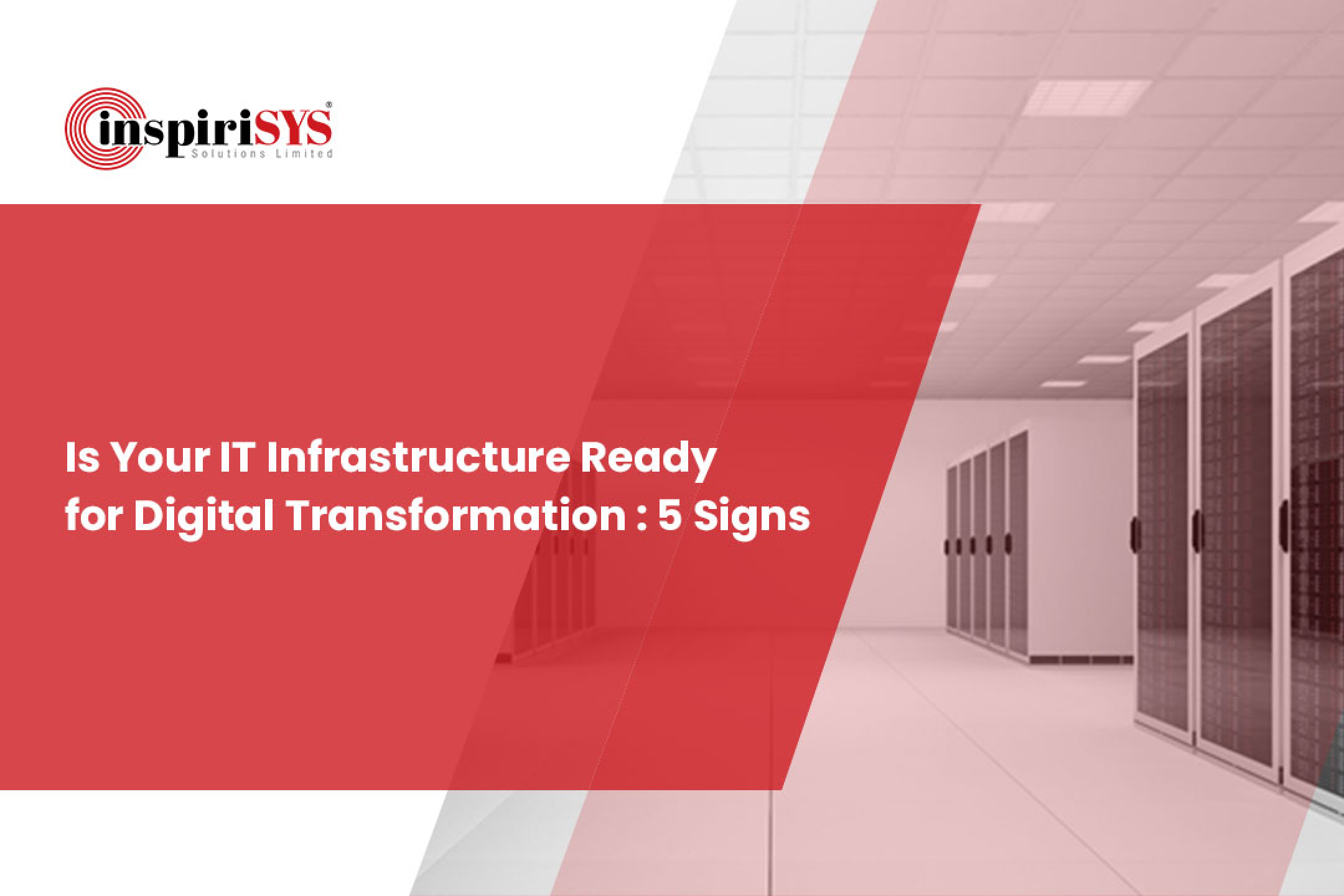A digital transformation strategy must feature prominently in any company’s vision for the future. New and transformative technologies have entered the workplace, expedited by the pandemic to help businesses innovate and thrive in an increasingly digital world.

Digital transformation is the key to responding to the disruptive nature of today's dynamic work and business ecosystems. In this scenario, digital transformation can enable businesses with greater differentiation, innovative business models, agility and enhanced focus on user experience.
According to Dell’s Digital Transformation Index 2020, approximately eight in ten organizations fast-tracked their digital transition plans in 2020. In addition, 89 percent of the business leaders surveyed agreed that the pandemic had highlighted the need for a more agile and scalable IT environment.
Technology is not just a choice anymore, but fundamental to any business strategy. Intelligent deployment of IT Service Management Tools will enable better collaboration within and between organizations, more personalized ways of customer engagement, higher employee efficiency, and more astute insights from data to help a business grow post-pandemic.
Here are five telling signs to prove that a business's legacy IT infrastructure management is ready for advanced digital transformation.
1. Sticking to outdated operations

Is your workforce still doing regular, repetitive tasks manually? As a business grows older, its IT infrastructure must act as a key enabler in delivering greater business agility. Modern IT infrastructure management services must support the rapid launch of new products and services, and deliver constant updates and improvements.
Digital transformation provides a valuable opportunity for core business functions to move away from manual processes and automate key areas like payroll, enabling leaders to focus on wider business opportunities. If your current IT infrastructure management does not provide for automation, you might struggle to improve the growth of your business.

2. Remote work is affecting team efficiency
The issue of workforce engagement has come to the forefront during the pandemic, as companies are dealing with a dispersed workforce that may never fully return to the office. Employers are looking for new ways to enhance employee engagement and end user management to achieve better efficiencies across teams both in and out of the office.
Digital technologies have a vital role in supporting employees in enhancing their output by enabling remote working and providing easy access to technology and services on demand. Technology delivers a better experience, even to organizational customers, helping create an environment that allows them to achieve and excel.
3. Lack of elasticity
Along with higher levels of IT automation, enterprises need everything to work with minimal or no interruptions at all. Your IT policy must be flexible and offer immediate changes in scalability to support rapidly changing demands of the economy. If your enterprise's current IT assets cannot scale solutions in real-time, it becomes difficult to support the evolving requirements of the digital era that expects flexibility across the entire business landscape.

4. Incomplete virtualization
The journey towards a more agile and automated digital infrastructure must begin with virtualization. It is the foremost step you must take to make your IT network elastic and automated.
What's more, according to a report published by Aurora Energy Research, deployment of virtualization technology and continuous improvements may reduce future emissions in Europe from computing by as much as 55% in the next two decades.
5. Security is vulnerable

One of the biggest concerns for many IT leaders is maintaining the security of their valuable data even while storing and accessing them for day-to-day work. The need to maintain operational discipline around security and performance is a big challenge. Yet, it must be prioritized without fail to avoid large-scale losses.
As we move beyond the pandemic-enforced remote working environment to hybrid working models that accommodate different worker set-ups, updated security measures and data center management have become increasingly important. Forward-thinking businesses with a far-reaching vision must implement a systematic security strategy across all networks, applications and data.
Make better decisions quickly

We are now in a business environment which is changing every day. Companies must stay on top of these changes to stay ahead of the competition. If your company is struggling to catch up with the latest trends and is almost always the last competitor to enter the scene, it may be time to switch to an effective digital transition.
Thanks to big data and IoT, enterprises today have access to greater volumes of data than ever before. With the right set of analytical tools, this data can produce valuable business insights which can be used for making better informed decisions faster. Placing data and analytics at the center of IT infrastructure management and a futuristic digital transformation strategy will allow businesses to lead innovations and enjoy continued success.
Leverage technology for a future of innovation
As a leading IT infrastructure consulting services provider with an impressive global footprint, InspiriSYS is geared to future-proof your core business applications and infrastructure with ultra-modern IT solutions in the post-pandemic world. Get in touch with InspiriSYS today to strategize your company's next digital transformation.







